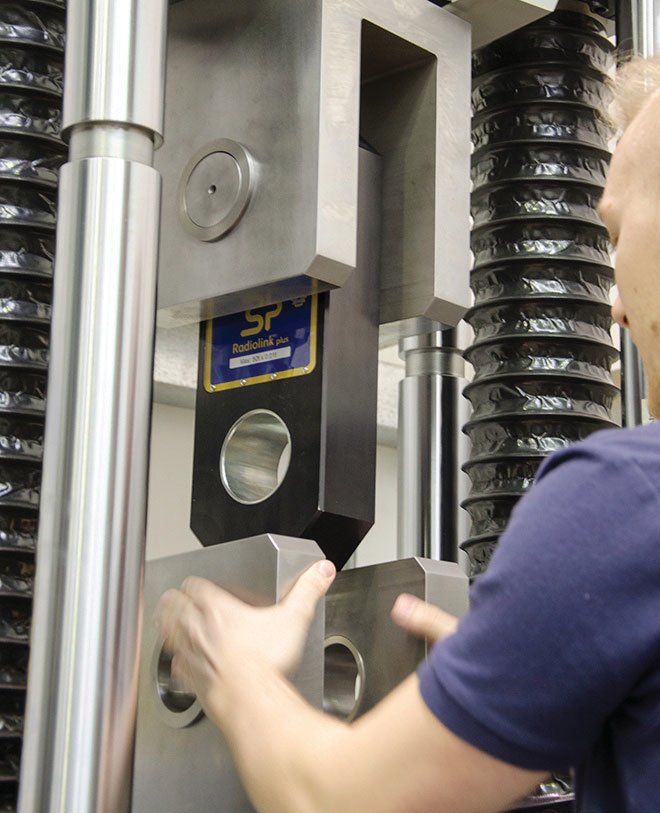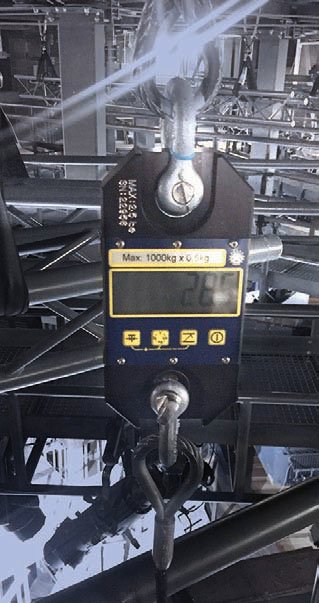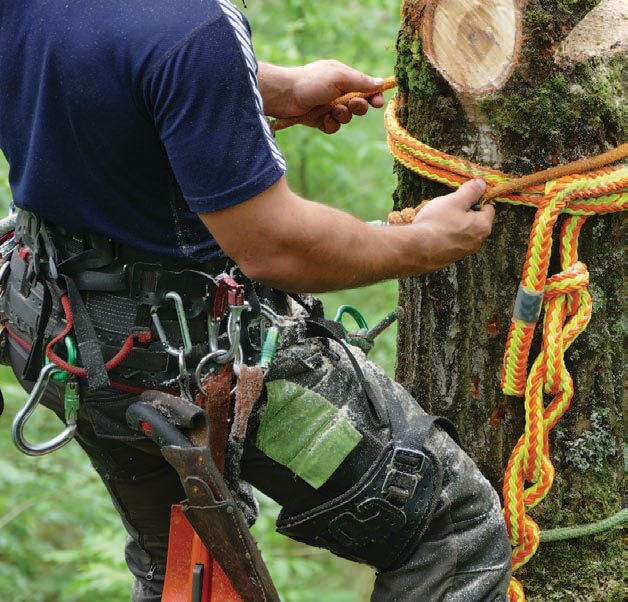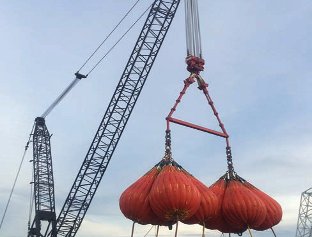Knowledge is power
5 October 2016Straightpoint has developed a range of testing and inspection tools for 40 years. Recent jobs and applications demonstrate the wide range of applications for their expertise.
One of Straightpoint’s most recent innovations is a new software package, Proof Test plus, which it says will enhance data recording and certification related to non-destructive load verification or proof load testing.
Proof Test plus records data gathered by a Radiolink plus load cell, load shackle or compression load cell, for example. It then creates a pass or fail certificate that includes test data and graphs charting data from the load versus time throughout a test. Information can be printed out directly as a PDF report, electronically transmitted or fed to an information centre in the cloud.
The system, offering 700m (2,300ft) range, can be used in a myriad of load testing applications, including cranes with water bags or block weights; tugs and bollards; pad eyes or flypoints (marine industry); crash barriers; construction equipment; below-the-hook equipment; and more.
Straightpoint already provide a series of software products, including a wireless centre of gravity tool, multiple wireless control system and desktop controller, but the Proof Test plus (or SW-PTP) is a tailored technology specific to load tests.
David Ayling, director of Straightpoint, says, “During our research we found an end user who conducts load tests on a regular basis and he was hand-writing 30 certificates a day. His drawn out routine involved taking them back to an office, where an admin team would enter the data, before they were mailed back to the client.
“Not only did the archaic process mean someone was waiting for days, weeks even, for load test results, the system wasn’t flawless as mistakes could be made during recording the data manually on site or when information was entered at the office. Now, in theory, a crane rigged with force measurement equipment for a load test can produce certification and then lift a load immediately.”
The range of applications for Straightpoint’s equipment goes beyond the familiar factory and construction cranes. Recently, in partnership with tree safety equipment provider DMM, it has manufactured the Impact Block load cell, which measures the shock load and weight of branches as they are cut during felling or maintenance.
Straightpoint explains that Impact Block can fill gaps in knowledge about the forces put through rigging equipment and the weight of loads as they are cut away from trees. It can become important as a training device as it is a practical onsite tool for the sector.
Unlike crane-related or other typical rigging scenarios, in tree applications professionals do not always have an anchor point above the lifting point. If only the stem and canopy of a spruce tree remains, for example, a rope break may have to be attached to the bottom of the tree from where a rope and pulley will connect to the piece being cut.
As cuts are made, wood is essentially thrown into the rigging from above. This is in stark contrast to crane lifts, where the hook is typically positioned directly above the mass of the load being rigged and lifted. In the lifting and material handling business, testing is also commonplace but this is frequently impossible in the tree sector because of logistics and the damage such tests could cause to soil and surrounding areas, which in themselves are of critical importance to the health of the tree and subsequent maintenance operations.
Utilising wireless dynamic load monitoring electronics and strain gauge technology, real time data can be displayed on a handheld controller, tablet or laptop at speeds up to 200Hz. This eliminates the estimation work that often goes into arborist applications.
Straightpoint anticpates that Impact Block will be of particular interest to tree professionals in North America, where utilities equipment and power lines are more commonly above ground. The company also expects orders from large contractors and training providers.
Another specialist application is theatrical rigging. The Rose Theatre Kingston in South West London has added to its rigging inventory four 1t Loadlink Plus units from Straightpoint, which were most recently used during installation of sets for a production of Shakespeare’s King John.
The play required an elaborate set that included a large raised floor with an automated lift, two 9m-high towers and three platforms connected via numerous staircases and walkways. Any remaining empty space between those towers and walkways was finished with wooden cladding. Elsewhere on set, two large sliders concealed a throne.
Wayne Parry, head of production at the Rose Theatre Kingston, explained that the load cells were used only for set installation, not during performances. He said: “Large steel sections were lifted using several motors (hoists) and, although the safe working load was well within the point capacity, we set the load cells to sound an alarm if any weight transfer came close to that capacity.”
The theatre will utilise the load cells for upcoming performances, including its next production Good Canary, directed by John Malkovich, where three LED video displays are the centrepiece to performances.
The screens will be moved on tracks, while furniture moves on and off stage using floor tracks. The load cells will be used to monitor the loads distributed to the front of the overhead structure where the forces are greatest.
Parry explained that the theatre has a spider grid that houses the lighting rig and any performance-specific low load rigging. Most of the rigging is transferred to still sections in the roof that have a point load of 250kg. The stage dimensions beneath are 10m deep, 16m wide and 10m high.
He said: “The Rose grid is a complex affair and loads are spread between various sections to include the permanently installed bridges. As there is no flying system, the loads tend to be manageable as most of the work is fixed and much of it transfers through the stage floor. The stage floor itself is made up of steel deck rostras on steel legs.”



